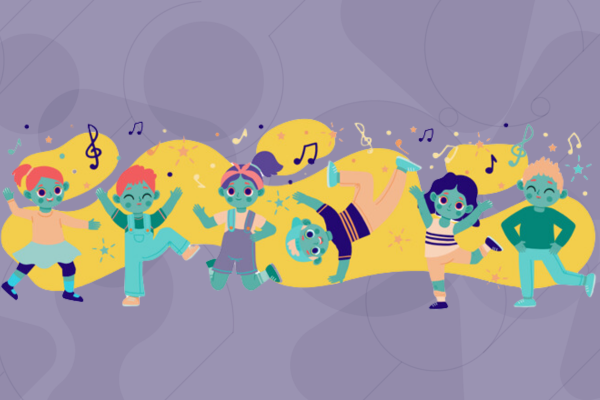
eTwinning activity: Dance for your wellbeing

Childhood is a critical period for the development of long-term attitudes towards wellbeing. The social and emotional skills, knowledge and behaviours children learn at this age help them set the pattern for how they manage their wellbeing throughout their lives. Primary schools play an essential role in helping their pupils make healthy lifestyle choices and understand the effect their decisions have on their wellbeing.
‘Dance for your wellbeing’ was presented in the 2024 eTwinning book Building wellbeing at school, and can be used as part of an eTwinning project or on its own.
Additional information
-
Age from:7
-
Age to:11
-
Difficulty:Easy
-
Education type:School Education
-
Target audience:TeacherStudent TeacherHead Teacher / PrincipalTeacher Educator
-
Target audience ISCED:Primary education (ISCED 1)

